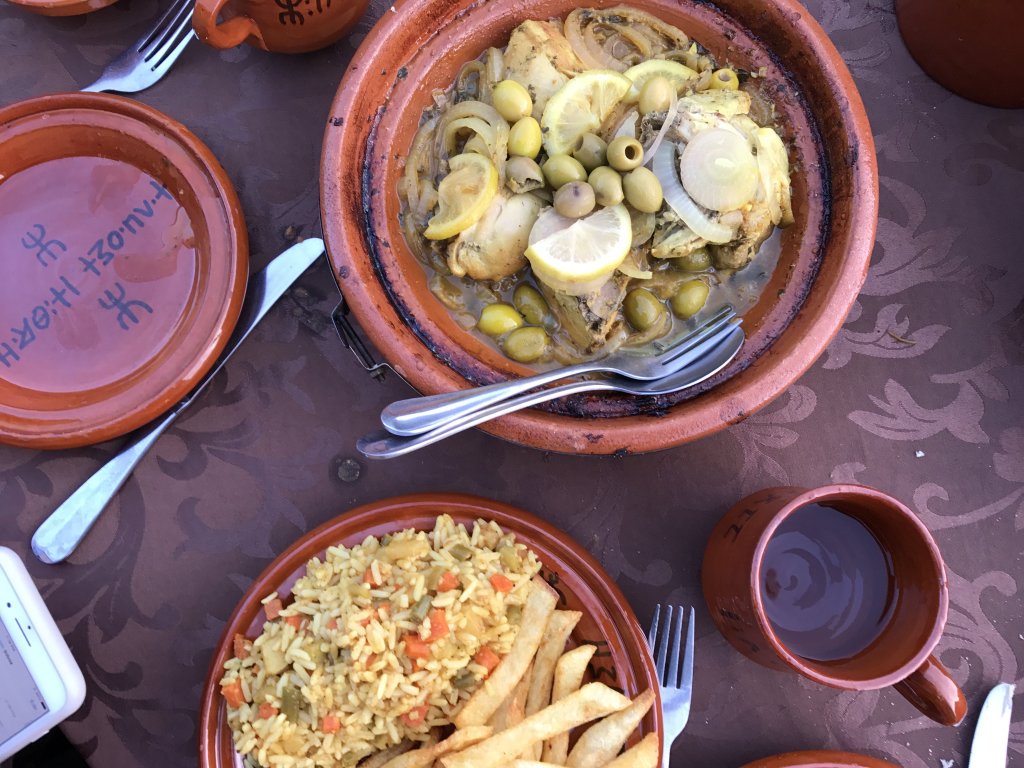OUPblog
By Nicholas Magnan

No-till agriculture, a resource conserving technology which increases the amount of organic matter in the soil, offers many benefits to farmers and society. Because farmers don’t plow their fields before planting, equipment, fuel, and labor costs are reduced. These reduced costs should appeal to cash-poor farmers in developing countries. Furthermore, no-till has been shown to increase and stabilize crop yields, conserve water in the soil and protect the crop from mild drought, prevent soil erosion, and mitigate climate change through carbon sequestration. Yet despite the benefits, small farmers in developing countries aren’t adopting no-till en masse.
The potential explanations for the lack of no-till adoption are numerous. There are the usual suspects: Poor farmers lack education and training, they generally resist change, they are highly risk-averse, or they lack access to the necessary equipment and extension services. Another major barrier to no-till adoption is that farmers can’t afford the stubble. When farmers produce cereal, they not only produce grain that is consumed by humans and livestock, but also produce residue byproducts. Straw is the portion of the residue that is baled and taken off the field after the harvest, and stubble is the portion left on the ground .
No-till requires farmers to keep stubble on the field after each harvest, so that it adds organic matter to the soil. But farmers in developing countries usually raise livestock in addition to cultivating crops, and stubble is an important source of livestock feed. The need to use the stubble for feed is particularly strong for small and isolated farmers without good alternatives. Farmers therefore face a tradeoff between leaving stubble in the field for no-till or feeding it to their livestock. The question then becomes, how steep is this tradeoff between the benefits of no-till agriculture and the cost of feeding one’s livestock?
Doug Larson, Ed Taylor, and I set out toquantify this tradeoff to see if small farmers are indeed stuck on stubble when it comes to no-till adoption in Morocco. In Morocco,Rachid Mrabet and others have shown no-till to perform as well as conventional methods when rainfall is good, and better than conventional methods when rainfall is poor (which occurs regularly in this drought-prone country). However, no-till adoption is scarce among small farmers, who almost always also raise sheep, goats, and cows. Employing unique livestock data gathered from the same farmers during a good rainfall year and a bad one, we found the economic value of stubble to farmers to be around one quarter of the total value of cereal production in a good year. In a drought year, when grain production was lower and livestock feed scarce, the value of crop stubble accounted for three quarters of the total value of cereal production. In either case, the value of stubble as feed exceeded the upfront savings of no-till for most farmers.
There are many reasons why small farmers in developing countries tend to cultivate crops and raise livestock. Where infrastructure is poor, buying and selling livestock feed is costly, so it helps to be both a producer and consumer of feed. Diversification allows farmers to invest their earnings in livestock and manage risk when financial markets fail. Farmers can consume or sell off livestock after a poor harvest (although they are reluctant to do so). Diversification also helps farmers self-insure; in drought years, when alternative feed is scarce, farmers generate some feed even if the crop fails. Somewhat ironically, when the benefits of no-till stand to be highest (in times of drought) the costs of implementation are also much higher.
Because farmers vary in their demand for livestock feed, supply of stubble, and access to other feeds, their individual economic valuation of stubble also varies. We find that small farmers derived more value per hectare of crop stubble than large farmers. So did farmers who were better able to enforce property rights over crop stubble on their land and keep others from grazing their animals there.
On a larger scale we also see evidence of the how differences in the availability of feed influences no-till adoption. Diego Valbuenaand colleagues found that in multiple sites across Africa and South Asia demand for crop residues is higher where grazing land is poorer. And generally, no-till adoption is more common among small farmers in South America — where more plant matter is available as feed — than elsewhere. Understanding which farmers place the highest value on stubble as feed will help better target extension, and better design policies that improve access to alternative feed sources. The high value of stubble as feed can pose a barrier to other technologies as well. For instance, some cereal varieties developed during the Green Revolution allocate more plant matter to grain and less to residue. High value crops like fruits and vegetables for export may fetch a higher price than cereal, but don’t always produce residues that can be used as feed. Certain machinery may even be rejected because it renders residue unusable as feed, as was the case with a Brazilian peanut harvester brought to Senegal.
No-till and other technologies could still be profitable to small farmers in the long run, and can certainly be beneficial to society considering the environmental impacts. However, small farmers in developing countries often discount long-term benefits when compared with short term needs, such as livestock feed. Efforts to disseminate no-till and other technologies to small farmers in developing countries should therefore focus on identifying and alleviating the constraints that result in crop stubble being so valuable as feed to these farmers. Otherwise the cost of no-till adoption of no-till technology may simply be too high.
Nicholas Magnan recently joined theDepartment of Agricultural and Applied Economics at the University of Georgia, Athens. He was a research fellow at the International Food Policy Research Institute in Washington, DC studying various aspects of agricultural technology adoption. He is the co-author of“Stuck on Stubble? The Non-market Value of Agricultural Byproducts for Diversified Farmers in Morocco” in the American Journal of Agricultural Economics, which is available to read for a limited time. It examines the value of agricultural byproducts, such as crop stubble, to crop-livestock farmers who produce both cereal and crop residue, where the latter can be used as livestock feed. To properly assess the cost of introducing new technologies into such systems, one must value the implicit cost of byproducts.
The American Journal of Agricultural Economics provides a forum for creative and scholarly work on the economics of agriculture and food, natural resources and the environment, and rural and community development throughout the world.
.




